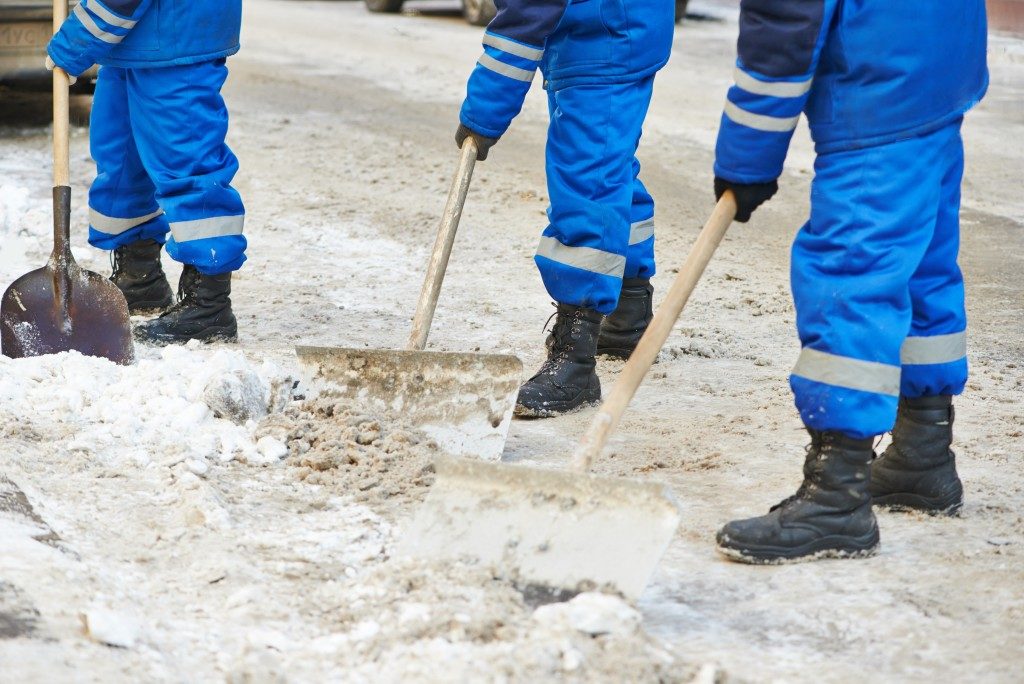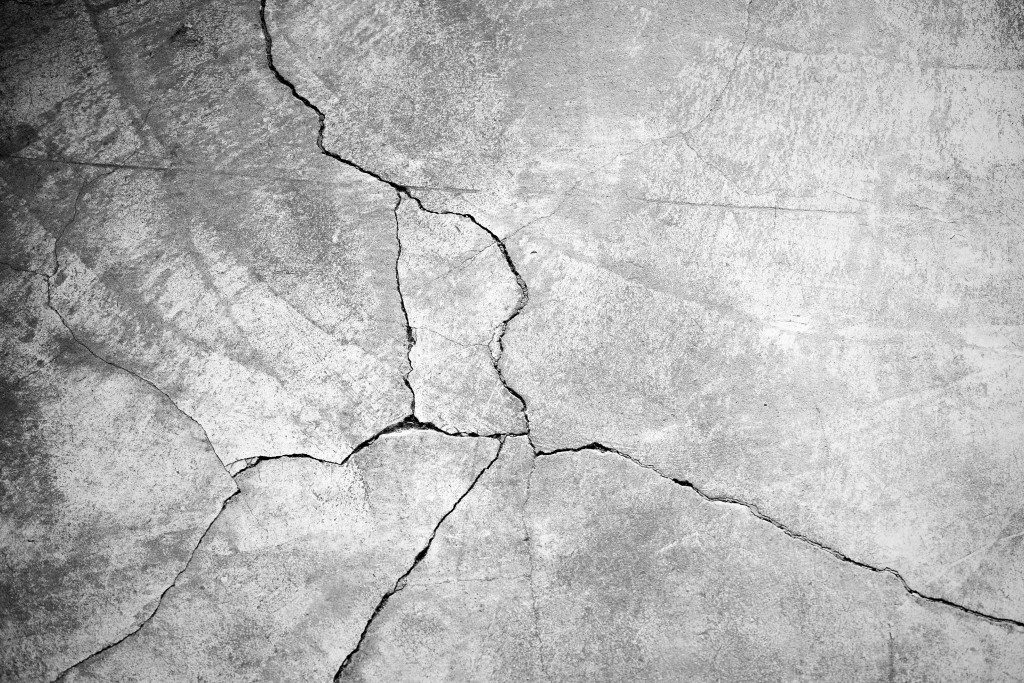Well-compacted concrete can last long without requiring repairs. In cases where concrete has been damaged, it is essential to understand the root cause of damage. Determining the cause will help in selecting the right material and method to use when fixing the damage.
Excess Water
Use of excess water is a common mistake in many construction projects in the past. Excess water makes it easier to spread concrete on the floor and in places with joints. However, the use of excess water results in a mixture with low quality. It lessens concrete strength and resistance to abrasion. A lot of water also increases drying shrinkage and porosity. Cumulatively, these factors result in weak concrete that lacks durability when exposed to other conditions.
You need to obtain a sample of undamaged concrete to determine if excess water was the cause. The presence of bleed water channels is a clear indication that excess water was used. Industrial concrete repair involves replacement with a new one made of the recommended amount of water.
Construction Defects
Construction defects are common mistakes. They occur due to errors in dimension and form failures. Honeycombs and rock pockets are a major cause of damage in construction design. They occur due to poor compacting, making the paste to partially fill the spaces between filler material. You can correct this defect by using cement motor.
Sulfate Causes
Groundwater in the western U.S. has a lot of alkali from the soil. This water contains sulfates of magnesium, sodium, and calcium.
Cement mixture has hydrated lime and aluminate which reacts with sulfates, forming a stable compound of larger volume. This causes the concrete to develop cracks. Once you confirm salts reactions as the cause, conduct repair using sulfate resisting material.
Aggregate Reacting with Alkali
This reaction is normally documented as alkali-aggregate reactions. It occurs as a result of glassy and siliceous aggregates reacting with alkali in the cement paste. In the presence of water, these reactions have a swelling nature that causes cracking.
Cracks within the concrete allow moisture to be absorbed by silica gel, which furthers the damage. You need to repair using lithium compound treatment, though it may not entirely satisfy you. This cause needs to be researched further to be understood completely.
Cyclic Freezing and Thawing Weather

Concrete damage succeeds in the presence of freezing and thawing temperatures. Concrete must be saturated or almost saturated with water for deterioration to occur.
Water in the concrete is converted into ice when it is freezing. Tiny cracks develop as a result of the increased volume of ice. This eventually causes cracks that allow more water to pass through. During the next cycle of freezing, water in the cracks turns into ice, causing more damage. This damage can only be avoided up to a certain percentage. To protect the concrete, use air entraining admixtures (AEA). This method produces tiny bubbles which give space for expansion during freezing weather.
Reasons for concrete damage are not entirely limited to the ones provided in this article. Other causes include reactions caused by acid, cracking, and overloading the concrete.

